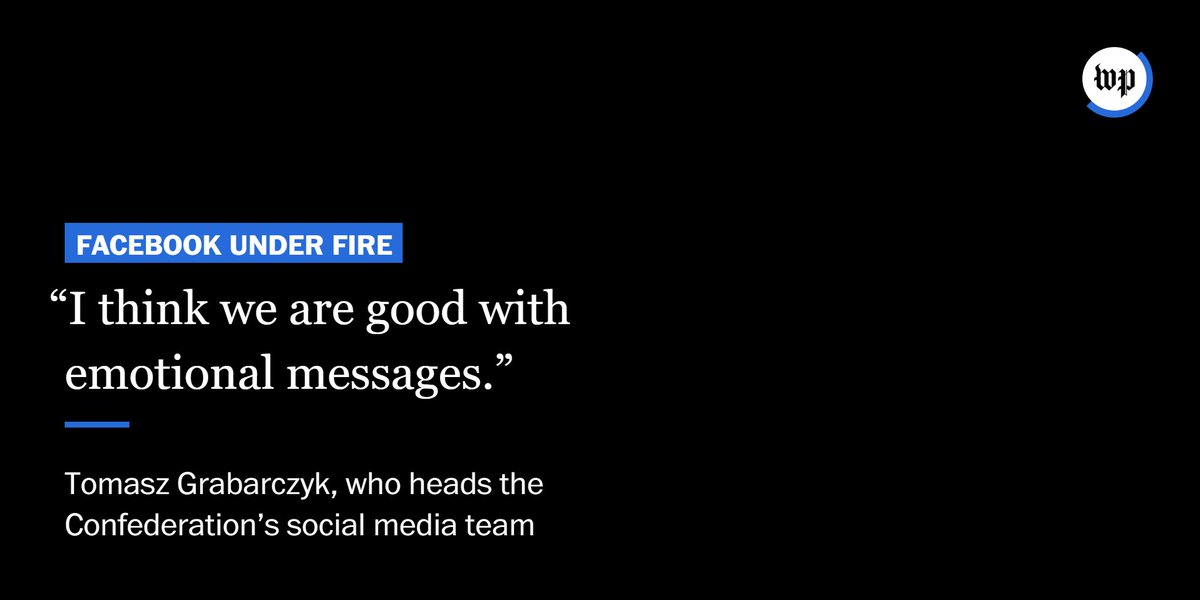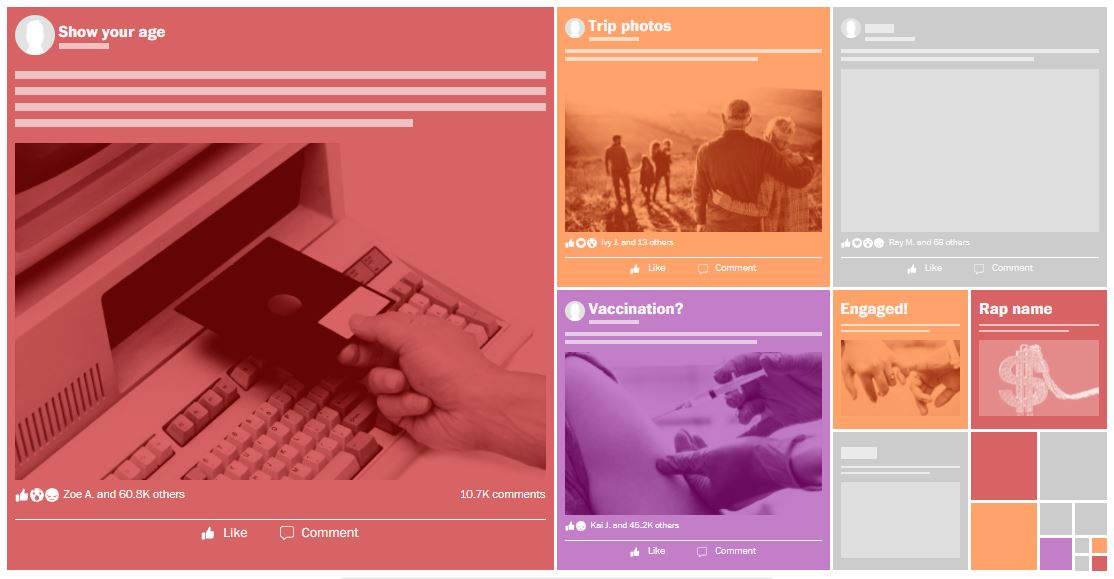
Thirty years ago, the Soviet Union ceased to be. The flag was lowered for the last time on Dec. 25, 1991.
That moment still begs deep questions for the U.S.S.R’s heirs: “Who were we as Soviets and where are we going as Russians?” wapo.st/2XXuPNW
That moment still begs deep questions for the U.S.S.R’s heirs: “Who were we as Soviets and where are we going as Russians?” wapo.st/2XXuPNW
Many of those answers can be found on a Moscow boulevard.
Welcome to Tverskaya Street. It was the Soviet Union’s display window on the bright future Kremlin-run communism was supposed to bring. wapo.st/2XXuPNW
Welcome to Tverskaya Street. It was the Soviet Union’s display window on the bright future Kremlin-run communism was supposed to bring. wapo.st/2XXuPNW

It's where Russians danced in the time of the czars, where Stalin ordered buildings moved, where Western fast food arrived and where dissidents still gather.
Under President Vladimir Putin, it is a symbol of his dreams of reviving Russia as a great power. wapo.st/2XXuPNW
Under President Vladimir Putin, it is a symbol of his dreams of reviving Russia as a great power. wapo.st/2XXuPNW
In the 1990s, Tverskaya embodied the fast-money excess of the post-Soviet free for all.
In later years, it was packed with hopeful pro-democracy marchers.
Join a tour of Moscow’s famed Tverskaya Street: wapo.st/2XXuPNW
In later years, it was packed with hopeful pro-democracy marchers.
Join a tour of Moscow’s famed Tverskaya Street: wapo.st/2XXuPNW
• • •
Missing some Tweet in this thread? You can try to
force a refresh







